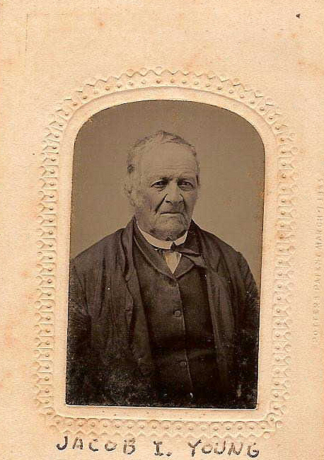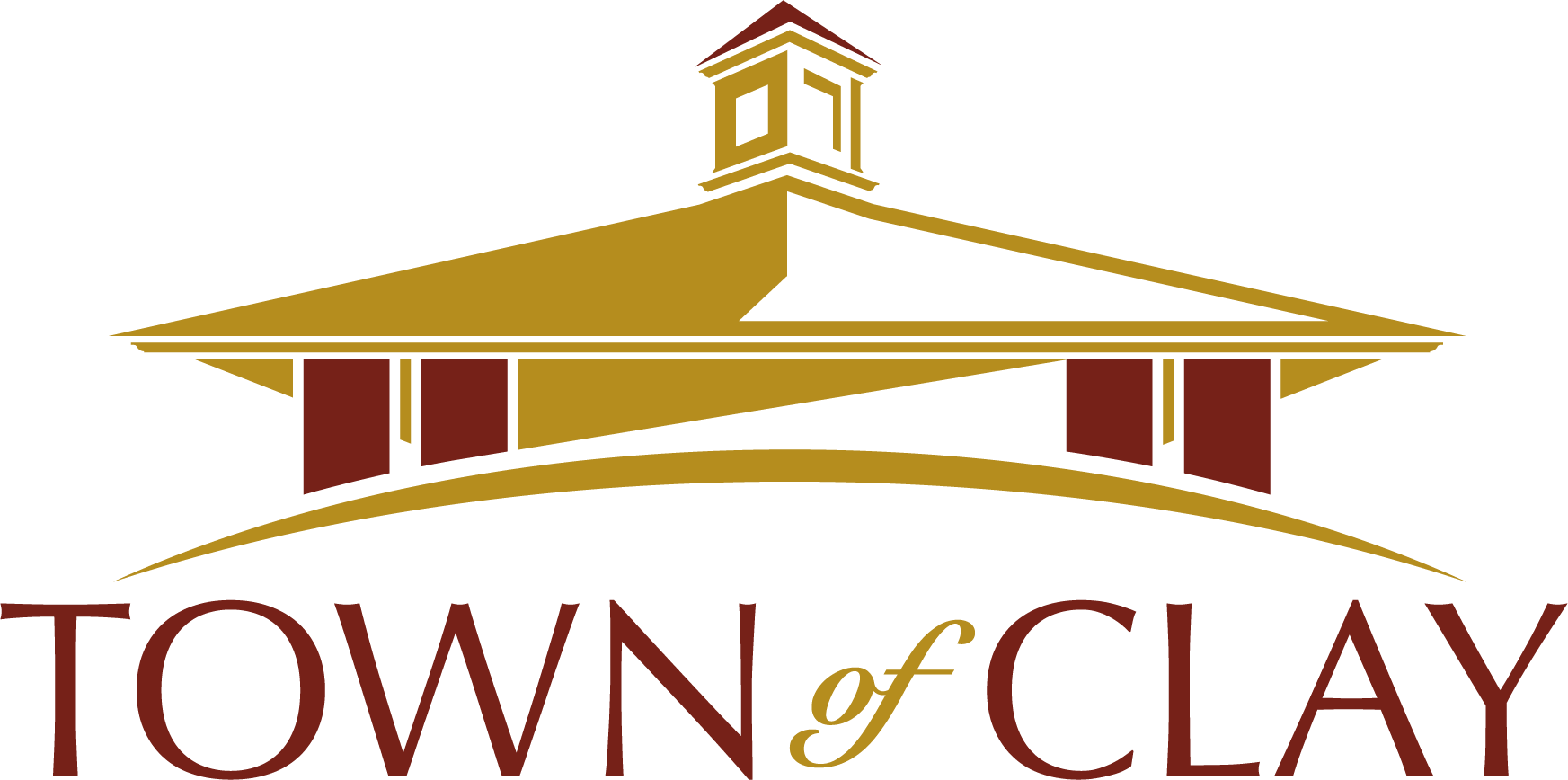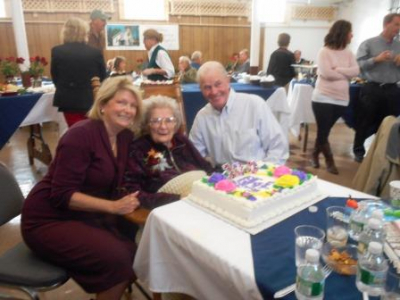Jacob I. YoungPosted on November 18, 2016 |
Image

|
REMEMBERING CLAY
Jacob I. Young, Early Clay Settler
Born March 20, 1791 to Jeremiah and Maria (Strobeck) Young in Seward, Schoharie County, New York, he was descended from the Palatines of the Pfalz region in Germany. They had settled in 1710 in camps on the east and west side of the Hudson River to work for Queen Anne of England to pay off their passage to America. After a couple of years, a mass movement of Palatines left and moved to Schoharie County. After the Revolutionary War, the land was opened up to the west. Jacob I. Young arrived in Clay in 1812, one of eight siblings. They settled in the Caughdenoy area of Clay and called it Dutch Settlement. Before he left for Oswego to fight the British in the War of 1812, Jacob pulled a sapling from his cornfield and transplanted it in the dooryard of his farmhouse. In the 1940’s, a gigantic elm tree still stood there, six feet in diameter. Also, the house was still standing as shown in a 1986 photo. Jacob became a dominant figure among these early settlers as he was a very public spirited citizen and soldier. On his farm, he built and maintained a cider mill* on the corner of VerPlank and Caughdenoy Roads, the area known as Dutch Settlement. On his 200 acre farm he produced and raised tobacco, wheat, clover seed, corn, root vegetables, apples for cider, cattle for milk and butter, pigs for pork, sheep for wool, poultry and horses. Many of the German-speaking Palatines, including his siblings, settled in the Caughdenoy area because of the fertile soil and the area was surrounded by the Oneida River and other sources of water. The hunting and fishing we excellent. About 1820, he married Isabella Mc Naughton who was born in Broad Albin, Montgomery County, New York. All his life he was considered a church man. In fact he donated the land to build Immanuel Lutheran Church at its first location. Also, in 1876, he donated a bell to the church and when a new edifice was built on Route 31 in 1916 (to be closer to the center of town), the bell was installed and is still rung every Sunday and on other special occasions. Jacob was known as “Uncle Jake” by the younger generation. He was vastly opposed to dancing or levity of any kind. However, it seems that Jake liked to see the young boys jig a little now and then in private. It is said that Lambert Weller, a neighbor, used to do the “buck and wing” for him in the privacy of Uncle Jake’s front room. Incidentally, Lambert gave the property for the new location of Immanuel Lutheran Church. In his declining years, Jacob’s son, Peter (little Pete) took over the running of the farm and cider mill. He lived with Jacob and remained there even after Jacob’s death March 11, 1881. Jacob is listed on a family memorial stone in Pine Plains Cemetery, along with his wife, Isabel. *Several parts of the old cider mill were found in the barn of Jacob’s property and appeared to have been made by hand. It is believed they were brought by him from Schoharie in 1812.
Dorothy Heller, Historian
Other
Remember Clay Stories
Influence of Natives - Part II
Remembering Clay | Nov 17, 2018
REMEMBERING CLAY
Clay Settlers-Influence of Natives (Part II)
Reminiscing with Carl Sotherden
Remembering Clay | Feb 4, 2019
REMEMBERING
Reminiscing with Carl Sotherden

